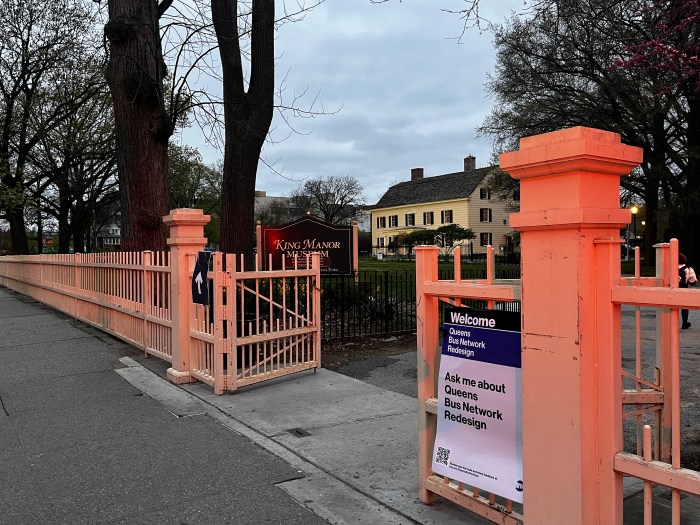By The Greater Astoria Historical Society
The U.S. Crematory Co., which held its meetings in the Society for Ethical Culture in New York building, raised $35,000 to build the Mt. Olivet Crematory. The building was comprised of brick and marble salvaged from the old St. Nicholas Hotel and at nearly three stories one could see the Brooklyn Bridge.
During the previous winter, the structure partially collapsed during a gale that roared through Newtown at midnight. The loud rumbling, described as sounding “like an explosion” was distinctly heard throughout the community.
But a year later, on Nov. 19, 1885, as the wind whistled through the barbed-wire fence erected around the grounds, the building was snug inside. The furnace registered 700 degrees Fahrenheit, completing the first successful test. That evening the superintendent and his staff seemed cheery as they busied themselves putting up lamps and curtains in the windows of the viewing rooms. A carload of Connellsville coke had just arrived.
Before he died the previous Thursday, Eugene Lievre of Hoboken, N.J., asked to be the first person to use the facility. The Health Boards of Brooklyn and New York were notified. A few days later, Carl Schurz and other notables were on hand to give speeches. No prayers were offered, but the Turner Singing Society of New York sang “Abenlied” and the body was placed in the retort.
The following morning it was reported that all that was left was a heap of white ashes weighing a little over 5 pounds.
l
On Nov. 23, 1927, the Star-Journal chilled readers’ blood with the story of an unplanned meeting on the steps of the Queens courthouse between Ruth Synder’s lawyer, Edgar Hazelton, and Robert Elliott, the Sing Sing executioner. After the men introduced themselves and shook hands, Hazelton said, “If you get this job, it won’t be my fault, Mr. Elliott.”
Good-byes were exchanged and “the hand that is destined to pull the switch that will snuff out the blonde slayer’s life again clasped the hand that was raised in her defense.”
After Hazelton’s departure, bystanders quizzed the executioner. The man had executed many people. He had ended the lives of the anarchists Sacco and Vanzetti and had “sprung the trap that jerked Gerald Chapman, master bandit, into eternity.” He was asked if his grim work spoiled his sleep or his appetite.
Elliott grinned wryly. “It doesn’t bother me at all,” he said. “I’m only a tool of the law, of the state. I do hate the prospect, though, of having to execute a woman.”
Snyder and Henry Judd were executed in January 1928. A photograph of Snyder sitting blindfolded in the electric chair, smuggled out of Sing Sing by a Daily News reporter, caused a furor at the time and remains one of the most famous photographs in the history of journalism. Billy Wilder’s 1944 movie “Double Indemnity” was based on this sensational murder case.
James Cagney made a movie called “Picture Snatcher” (1933) about the Daily News photographer on the case. Damon Runyon said Snyder was so thick the case should be called the Dumb Bell murder. She told police burglars stole her jewels and murdered her husband, but they found the jewels under her mattress.
For more information, call 718-278-0700 or visit astorialic.org.

























